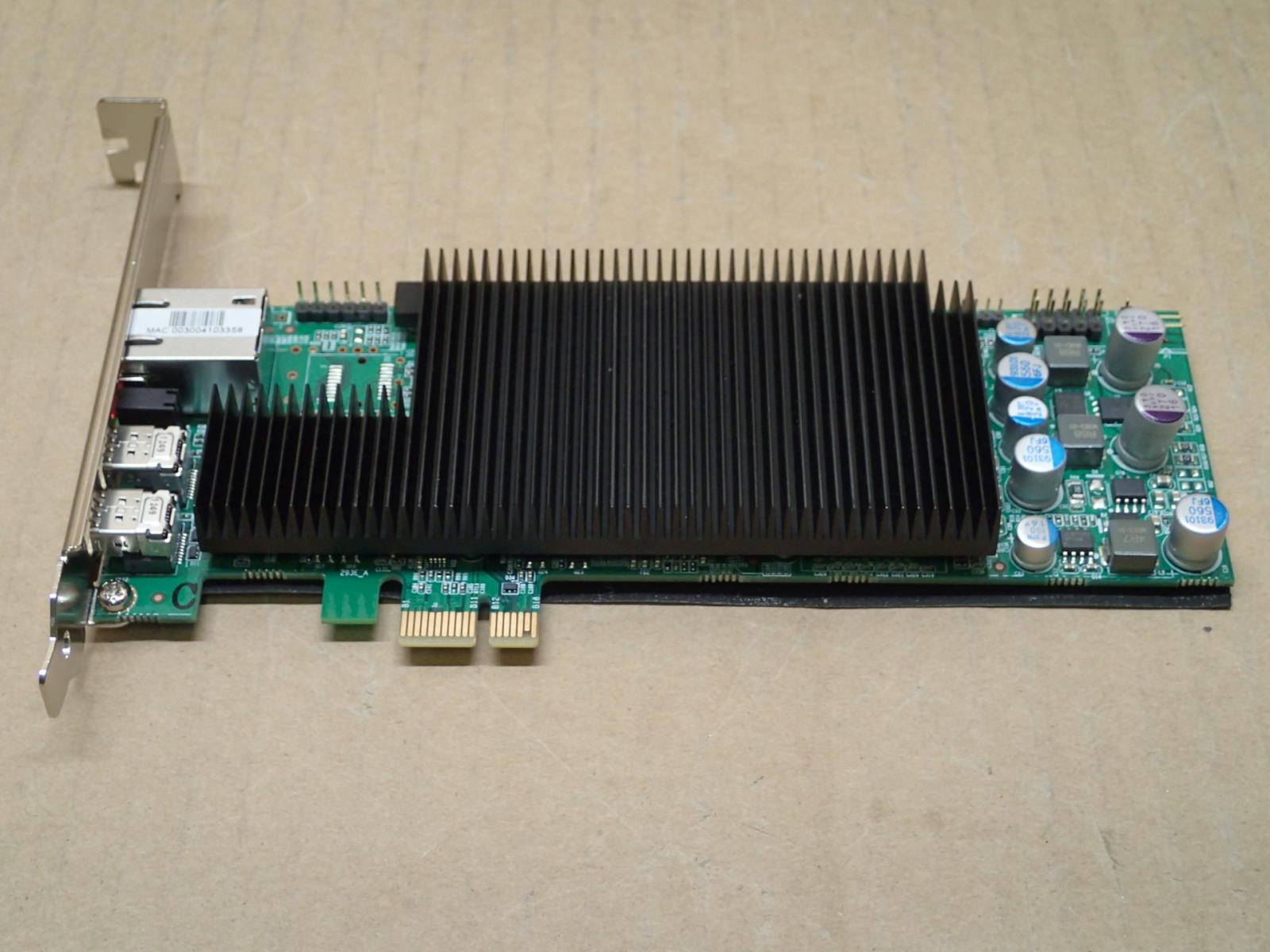

Remote Workstation Cards are supported on host PCs using Windows or Linux platforms when the host PC supports PCIe x1 required to install the PCoIP Remote Workstation Card. Contact your IT department to ensure your deployment is in accordance with your Company's security policy. Teradici highly recommends using this new feature to create a more secure environment.

Teradici highly recommends using custom peer-to-peer certificates to create a more secure environment when connecting to your Remote Workstation Card. However, if you connect a TERA2321 PCoIP Zero Client to the same Remote Workstation Card, the options become up to two 1920x1200 displays or one 3840x2160 display. For example, if you connect a TERA2140 PCoIP Zero Client to a TERA2240 Remote Workstation Card, you can attach up to four 1920x1200 displays or two 3840x2160 displays.

However, when you connect a PCoIP Zero Client endpoint to a Remote Workstation Card, the maximum supported resolutions for any displays attached to the endpoint will equal the highest common denominator between the two devices. You can mix and match any Remote Workstation Card with any PCoIP Zero Client. Supported Resolutions for PCoIP Remote Workstation Cards Remote Workstation Card Processor Name
#TERADICI PCOIP REMOTE WORKSTATION CARD HOW TO#
For details on how to display the processor name for your device, see Displaying Processor Information. For example, TERA2240 is the processor used in the second-generation TERA2240 PCIe Remote Workstation Card (for tower PC or rack mount workstations) and TERA2240 PCI Mezzanine Remote Workstation Card (for blade workstations). The processor name refers to the chipset used in the PCoIP device. PCoIP Zero Client to Remote Workstation Card PCoIP® Remote Workstation Card 20.01 Administrators Guide


 0 kommentar(er)
0 kommentar(er)
